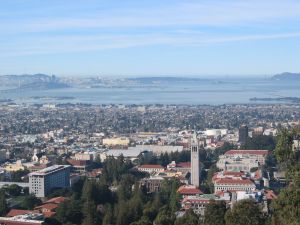More Good News for Paraplegic Travelers: New “eLEGS” Validates Predictions
Posted April 29th, 2011 in general news and helpful informationGood morning, everybody!
As I put the finishing touches on my Argentina access guide for next week, I just wanted to share an article from Time Magazine that means more good news for paraplegic travelers. Not so long ago, I posted about the ReWalk, a backpack-style hookup and prosthetic attachment that restores the ability to walk to some patients with lower body paralysis.
Now, there were some caveats about the ReWalk: at the time of that post, it was approved for institutional use only, and it was very, very expensive. Despite my hopes, I’ve not yet heard of any facility making a ReWalk available for travel purposes.
But then I found out about this …
So here’s the article: Bionic Legs Allow Paraplegics to Get Up and Walk. Sound amazing? Well, it gets better from there. Remember that the ReWalk is basically meant for rehabilitation, which makes it that much less likely we’d be seeing it put to use in travel. Well, the eLEGS system is a product of the good ol’ US of A, more specifically the fine folks at Berkeley Bionics, UC Berkeley. eLEGS is aimed at consumers, and provides a natural gait. The top speed is a moderate two miles per hour, more than enough for daily activities and travel.
Early versions aren’t quite able to get you up stairs without assistance, but with the units about to debut soon, there are a lot of promising signs for independent travel here, including a design that allows you to put the eLEGS on and take them off without assistance. Right now, eLEGS is on its way to certified rehabilitation centers, where some patients will be training to restore their gait with the new technology. Currently, eLEGS are meant to be used under medical supervision, but with new training methods being adapted, it might be possible for disabled travel companies to start using these in group tours sooner than we think.
Now, not for nothing, Disabled Travelers fans, but when we talked about the ReWalk a few months back, I predicted we’d be seeing similar technology from other companies soon, and from there it’s only a matter of time until they become the next big thing in disabled travel. Here we are about four months later, and one of my predictions has already come true! Now, there’s still testing to be done, but I’m going to make another prediction: within a year, we’ll be seeing group tours that incorporate eLEGS. And just to do my part, I’m going to get in touch with some of the largest disabled tour operators and travel organizations and make sure they know all about it.
Next time, Argentina! Until then, keep cool, travelers!
Si

